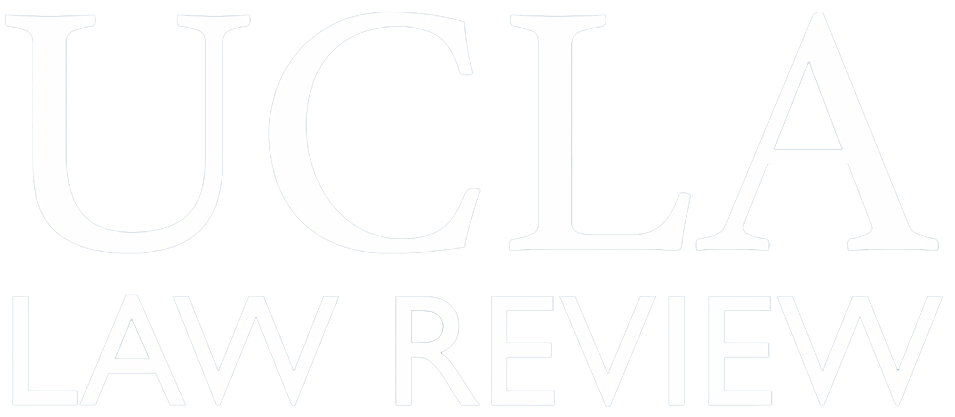Abstract
In the early 1980s, Fred Korematsu, Minoru Yasui, and Gordon Hirabayashi marched back into the federal courts that convicted them during World War II for defying the internment of persons of Japanese descent. Relying on suppressed exculpatory evidence discovered in the national archives, they filed writs of error coram nobis to overturn their convictions. Remarkably, this litigation was successful and fueled the extraordinary redress movement, which culminated in federal reparations for surviving internees. Yet, a dark side to this victory has never been discussed, until now. In granting the petitions, the Judiciary absolved the one branch of government that has never been held accountable for the internment: itself. Specifically, the lower federal courts adopted an official legal history that insulated the wartime Supreme Court from any fault. According to that account, the Supreme Court was simply duped by conniving officials in the Departments of War and Justice, who suppressed "smoking gun" evidence. But this tidy story is nonsense. The wartime Court was no innocent. It was a full participant in the internment machinery, and it deployed its enormous intellectual resources to avoid interfering with the internment, while at the same time, never granting it official approval. The Court also made certain that blame would fall not on President Franklin Delano Roosevelt or on Congress, but instead on the little known War Relocation Authority, which was labeled a rogue agency. This is what the Court did in the 1940s, exploiting procedure-like tools often extolled as "passive virtues." The Judiciary has never accepted responsibility for its machinations. After the coram nobis cases, official history has been rewritten to make any apology simply unwarranted. In this way, the personal victories of Korematsu, Yasui, and Hirabayashi were ironically exploited to complete the circle of absolution the Supreme Court began in the 1940s. This Article provides a more nuanced and disturbing interpretation of the internment, the Judiciary, and the coram nobis cases. It also sheds critical light on discussions of military exigency, racism, the role of the Judiciary, and the lessons of history in a post-September 11 world.
